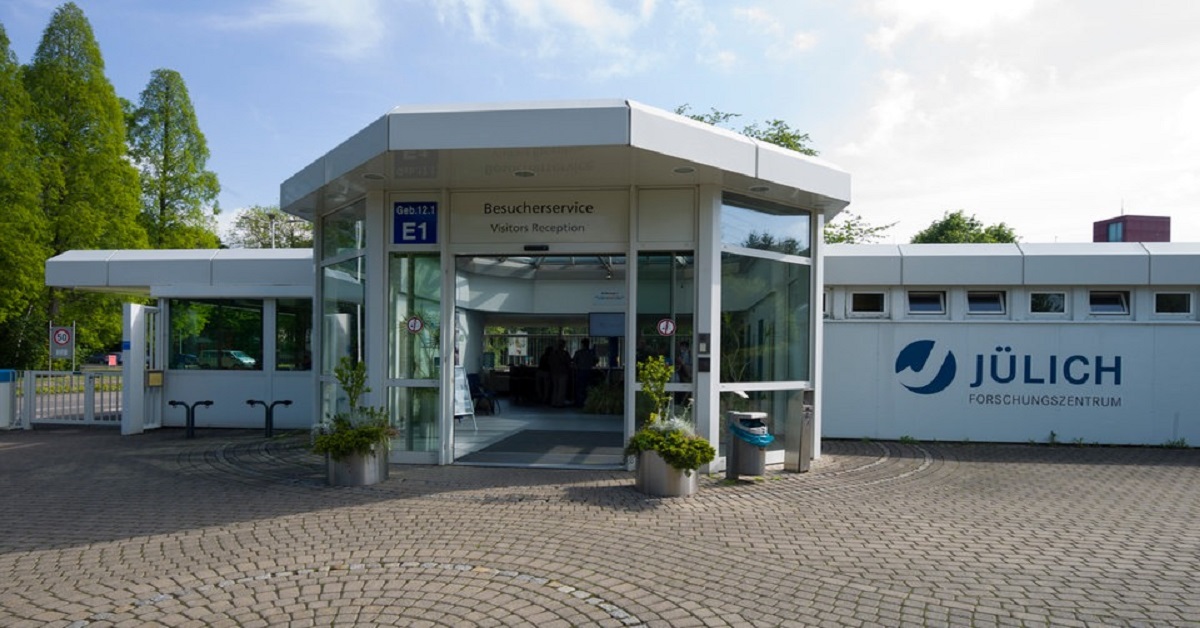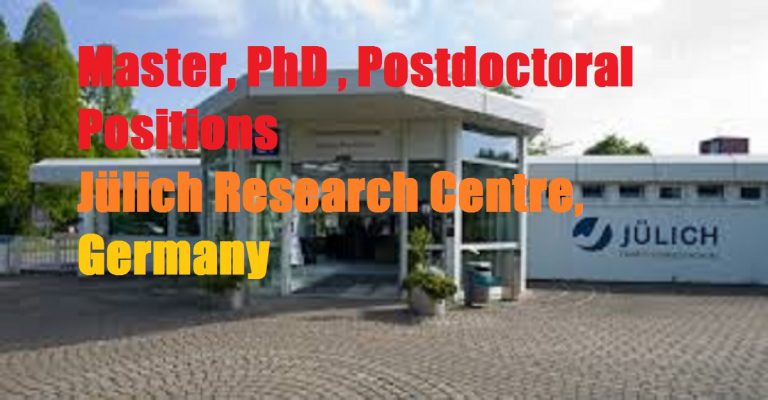
Postdoctoral and Research Positions at Jülich Research Centre, a member of the Helmholtz Association of German Research Centres.
2025-127
Team leader – machine learning and big data analytics in X-ray science
INW-1
Brainergy Park Jülich (GER)
2025-133
Postdoc – Stack Characterization for High-Temperature Electrolysis for Power-to-X applications
IET-1
Jülich (GER)
2025-110
IBG-4
Jülich (GER)
2025-119
Postdoc – Surface structures of supported catalytically active liquid metal solutions (SCALMS)
INW-1
Brainergy Park Jülich (GER)
2025-098
Postdoc for Quantum Computing – Algorithms, Benchmarking and Simulations
JSC
Jülich (GER)
2025-043
Postdoc – Design of Experiment and Digital Process Optimization for CO2 Electrolysis
IET-1
Jülich (GER)
2025-086
IAS-9
julich-aachen
2025-084
Group Leader – Integrated Resource Assessment
ICE-2
Jülich (GER)
2025-011
Instrument Scientist / Postdoc for Neutron Spectrometer PANDA
JCNS
Garching (München) (GER)
2025-056
Postdoctoral Researcher in Atomic-Scale Quantum Sensing and Information
PGI-3
Jülich (GER)
2025-059
Postdoc – Neutron Spectroscopy for Energy Materials
JCNS-3
Jülich (GER)
2025-022
Postdoc – Molecular Machine Learning with Foundation Models
IBG-4
Jülich (GER)
2025-010
Postdoc – Development of scalable superconducting quantum systems
PGI-13
Jülich (GER)
2024-263
Postdoc in the domain of coherent spin shuttling for scaling semiconductor qubits
PGI-11
Jülich (GER)


